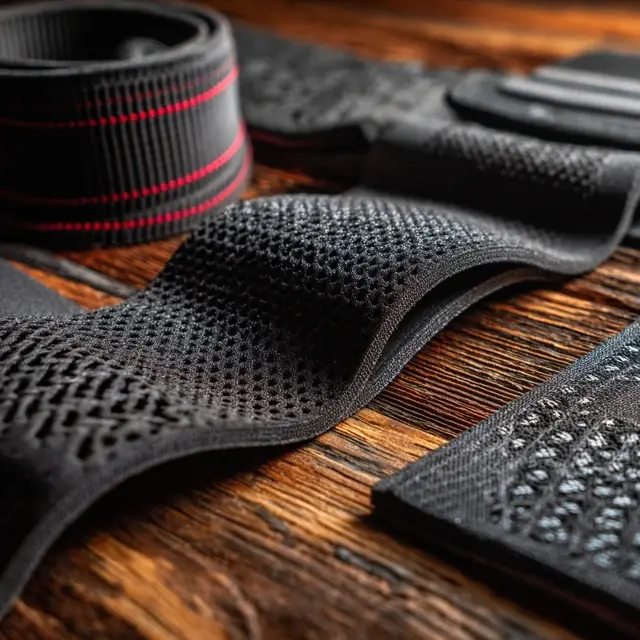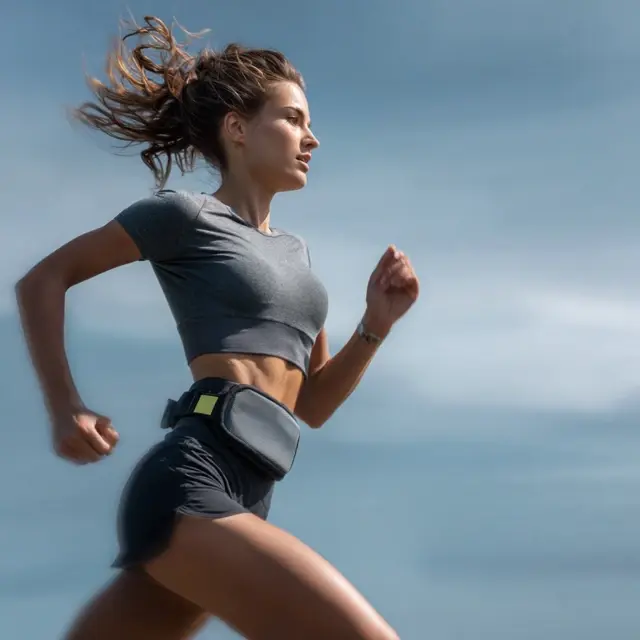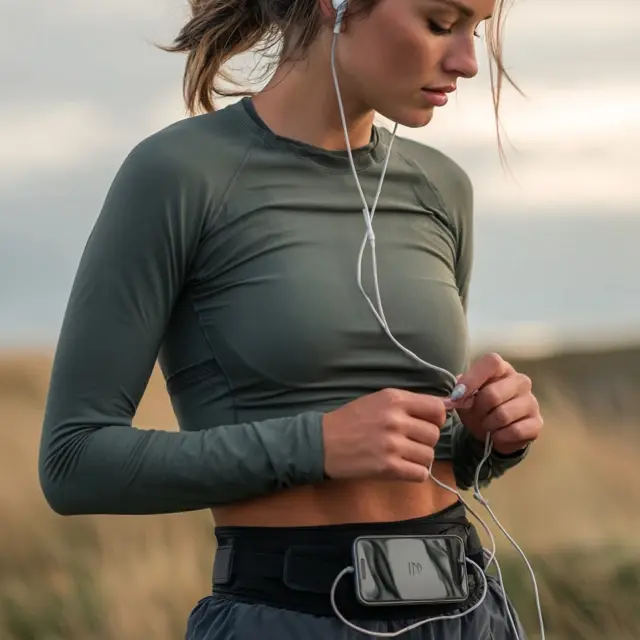Running Belt Material Guide: How to Choose Right
Not all running belts are created equal, and one of the biggest differences comes down to the material. The fabric you choose impacts comfort, durability, breathability, and overall performance. This guide explores the most common running belt materials and how to choose the one that suits your training style.
Why Material Matters
The material of a running belt determines how it feels against your skin, how well it holds up against sweat and weather, and how securely it carries your essentials. The right fabric can mean the difference between a belt that distracts you and one that feels like a natural part of your gear.
Popular Running Belt Materials
Neoprene
Neoprene is one of the most common materials used in running belts.
- Pros: Water-resistant, flexible, and protective for electronics like phones.
- Cons: Can feel heavier and less breathable in hot weather.
- Best for: Runners who need weather resistance and phone protection.
Elastic Fabrics
Elastic materials, often spandex or Lycra blends, provide a snug, body-hugging fit.
- Pros: Lightweight, stretchable, and bounce-free.
- Cons: Less protective for phones if pockets lack padding.
- Best for: Minimalist runners who value stability and comfort.
Mesh
Mesh fabrics are designed for maximum breathability.
- Pros: Keeps airflow high, prevents sweat buildup.
- Cons: Less durable and not water-resistant.
- Best for: Hot weather or short runs where ventilation is key.
Hybrid Fabrics
Some belts combine neoprene, elastic, and mesh for a balanced approach.
- Pros: Blend of comfort, durability, and breathability.
- Cons: Higher cost compared to single-material belts.
- Best for: Versatile runners who train in multiple conditions.
Other Considerations
Beyond fabric choice, consider these elements:
- Moisture-wicking linings: Essential for sweat-heavy workouts.
- Reflective accents: Often built into fabric for night safety.
- Durability: Double stitching improves longevity regardless of material.
How to Decide Which Material is Right for You
Ask yourself the following:
- Do I run in hot or cold climates?
- Do I need water resistance for rain or sweat protection?
- Am I carrying a phone that needs extra cushioning?
Your answers will guide you toward the most suitable material for your needs.
Conclusion
When choosing a running belt, the material is just as important as storage capacity or fit. Neoprene provides protection, elastic ensures stability, mesh offers breathability, and hybrid fabrics balance it all. Selecting the right material guarantees your belt will enhance your run, not hinder it.
For more insights, check out our performance-driven gear guides and running accessory reviews.




